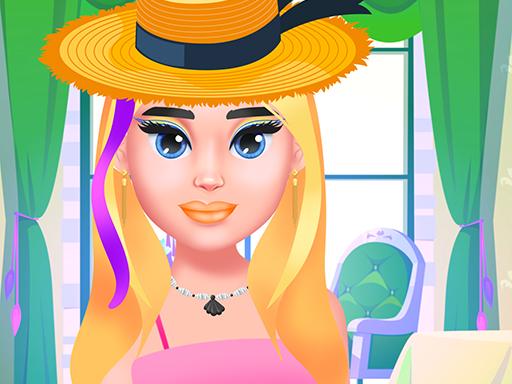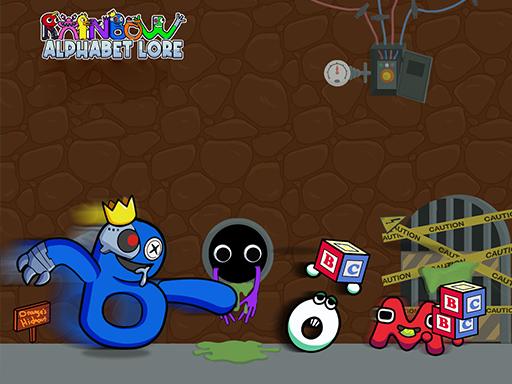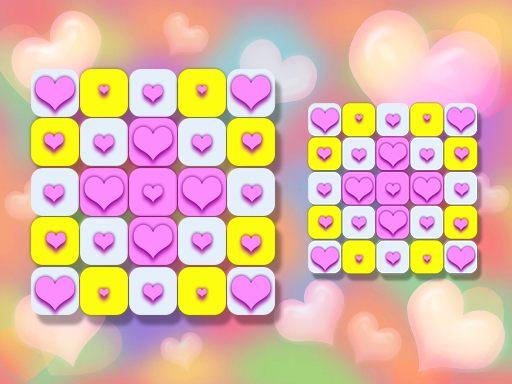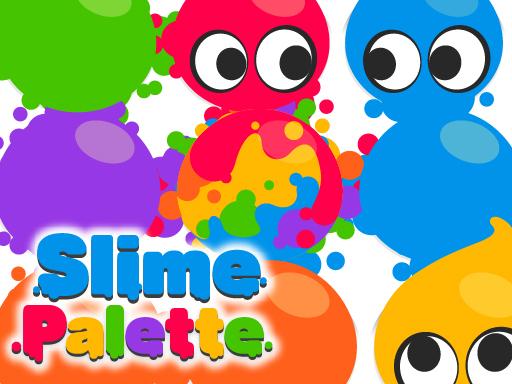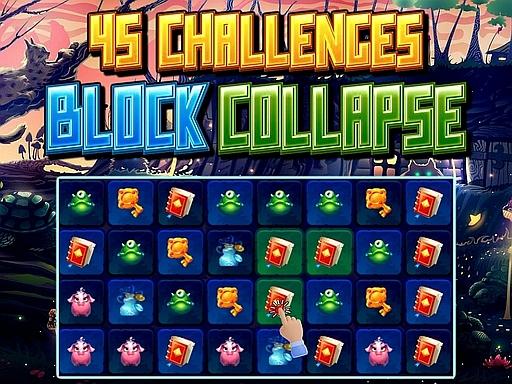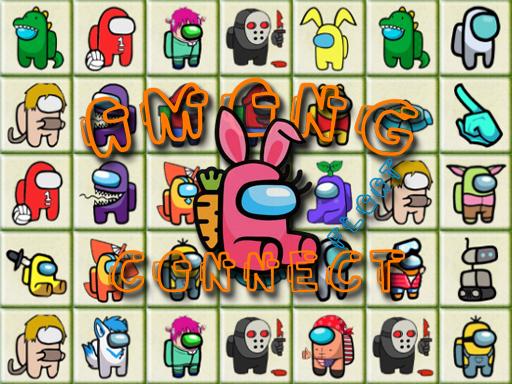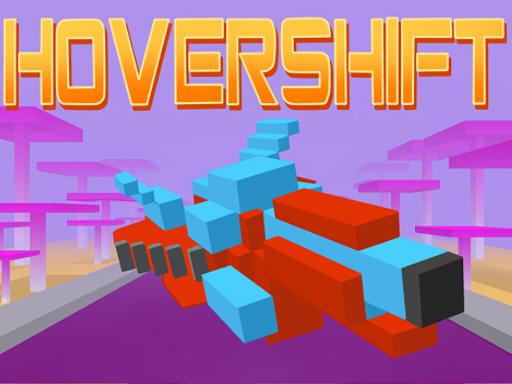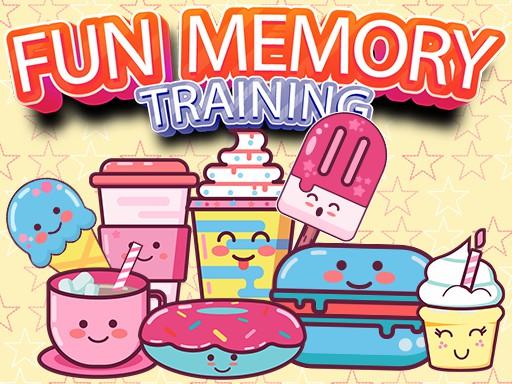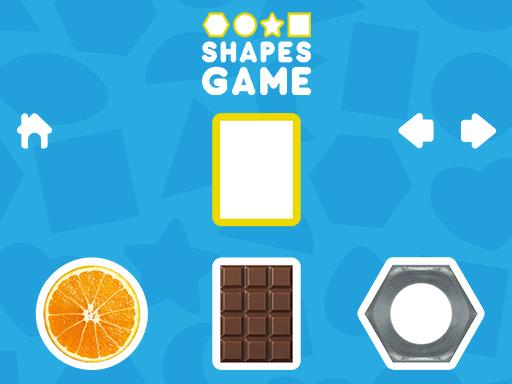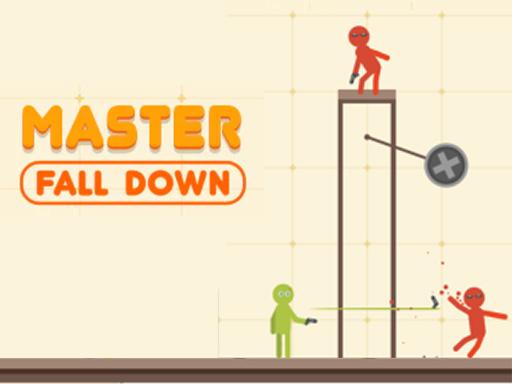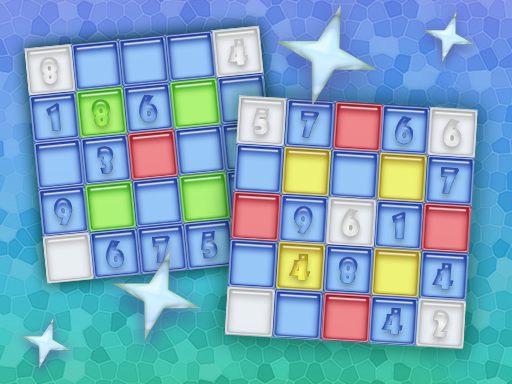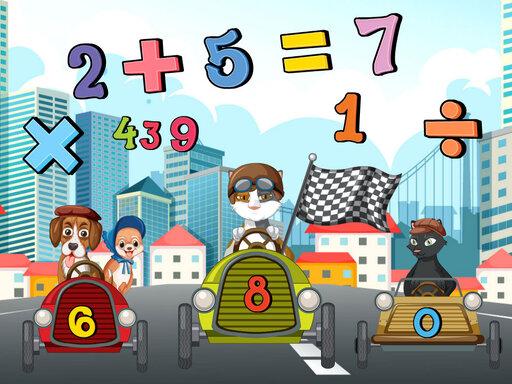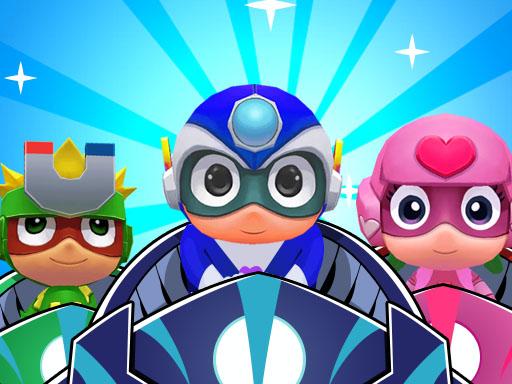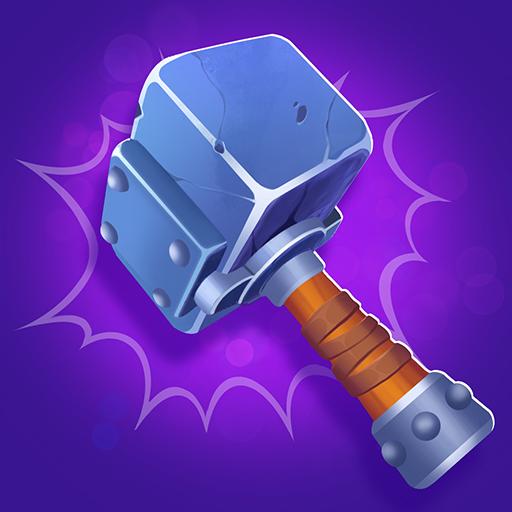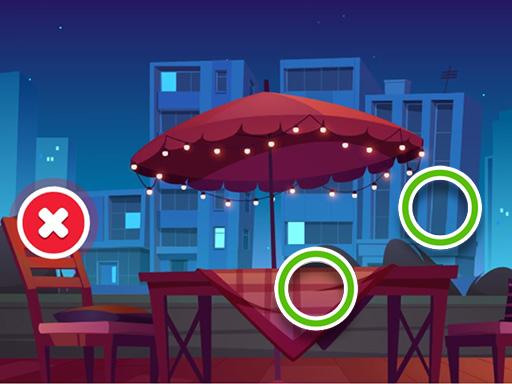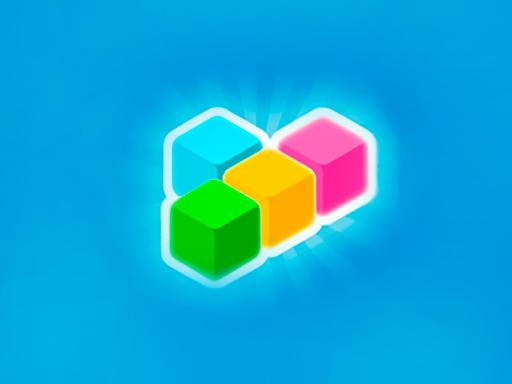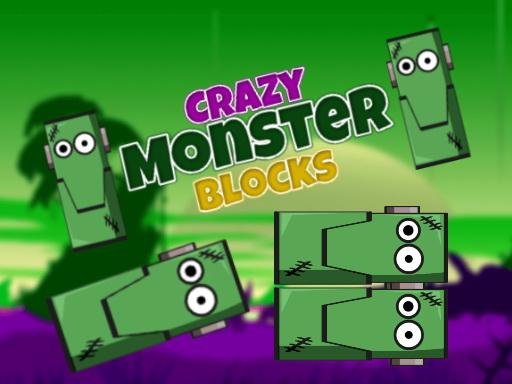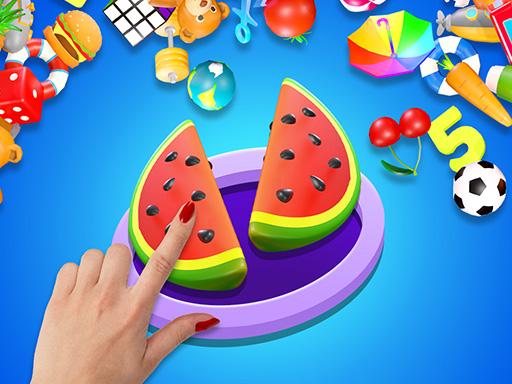Introduction and How to Play “Picture Puzzles”
Picture Puzzles is a fun and engaging puzzle game that challenges players to reconstruct images by putting together fragmented pieces. Ideal for puzzle enthusiasts of all ages, this game tests your problem-solving abilities, visual perception, and patience. As you work to solve each puzzle, you’ll uncover beautiful images that were once hidden, providing a satisfying sense of accomplishment.
The game offers various levels of difficulty, from simple puzzles with fewer pieces to more complex ones with intricate designs. Whether you’re a beginner or a seasoned puzzle solver, Picture Puzzles offers a fun, relaxing way to unwind while exercising your brain.
What is “Picture Puzzles”?
In Picture Puzzles, players are presented with a jumbled image, typically cut into multiple pieces. The objective of the game is to rearrange the pieces and fit them back together correctly to recreate the original image. The pieces are often irregularly shaped, and they need to be rotated, slid, or matched to form a coherent picture. As you complete each puzzle, the game may offer a new image or challenge, allowing you to unlock more puzzles as you progress.
Depending on the version of the game you’re playing, there may be options to adjust the difficulty level, use hints, or even compete against the clock. The game’s appeal lies in its simplicity, as well as the satisfaction of seeing the full picture emerge once you’ve solved the puzzle.
How to Play “Picture Puzzles”
Here’s a step-by-step guide to get you started with Picture Puzzles:
- Start the Game: Once you open the game, you’ll be greeted with a blank puzzle grid. You’ll notice that the pieces of the puzzle are scattered, either around the grid or off-screen.
- Choose a Puzzle: Select the puzzle you want to solve. Some games may have a collection of images to choose from, while others may present random puzzles. You may also be able to select a difficulty level, such as easy, medium, or hard, depending on how many pieces are involved.
- Drag the Pieces: To solve the puzzle, drag the individual pieces of the image into their correct positions on the grid. Each piece will have a unique shape, and you may need to rotate them to match the positions of the puzzle correctly.
- Rotate the Pieces (if necessary): If the pieces are rotated in a way that makes it hard to fit them into place, many versions of the game allow you to rotate the pieces by tapping or clicking on them. Keep an eye out for edge pieces and corner pieces that are easier to place first.
- Arrange the Pieces: Continue moving the pieces around, slowly filling in the puzzle. Try to start by positioning the corner and edge pieces, as they are often easier to place. Then, work on filling in the inner pieces.
- Complete the Puzzle: Once all pieces are in place and the image is correctly formed, the puzzle is complete. Many games will give you feedback on how long it took you to solve the puzzle, or how many moves you used.
- Unlock New Puzzles (if applicable): After completing a puzzle, you may unlock more challenging images or puzzles to solve. Some games also offer rewards or achievements for completing multiple puzzles in a row or finishing difficult challenges.
- Hints and Help (optional): If you’re stuck on a piece or don’t know where to place a particular section, some games offer a hint option. This could highlight a piece’s location or provide a small visual clue to guide you in the right direction.
Features of “Picture Puzzles”
- Various Puzzle Sizes: Picture Puzzles often comes with different puzzle sizes, ranging from a small 3×3 grid to much larger ones with 100+ pieces. The larger the puzzle, the more difficult it becomes, offering a challenge for experienced players.
- Variety of Themes: The game may include puzzles of various themes such as landscapes, animals, nature, famous landmarks, and abstract art. Each theme provides a unique visual experience.
- Multiple Difficulty Levels: Most versions of the game allow you to adjust the difficulty level. Beginners can start with easy puzzles, while experts can challenge themselves with complex images and larger grids.
- Timer (optional): Some versions of the game include a timer to track how long it takes you to complete a puzzle. For those who enjoy a challenge, completing puzzles under time pressure can be a fun way to improve.
- Hints and Assistance: If you’re stuck, hints can help you move the puzzle along. You may be given a preview of the correct placement or some tips on where to start.
- Relaxing Experience: Unlike timed puzzle games, Picture Puzzles often allows you to take your time and solve the puzzle at your own pace, making it a relaxing and stress-free activity.
- Progressive Difficulty: As you solve puzzles, more challenging puzzles will unlock. The puzzles become more complex, involving more pieces and intricate designs, keeping the game fresh and engaging.
Educational Benefits of “Picture Puzzles”
While Picture Puzzles is primarily a recreational game, it offers several cognitive benefits, especially for younger players:
- Improves Problem-Solving Skills: To complete the puzzle, players need to think logically and figure out how the pieces fit together. This helps improve their problem-solving and critical thinking abilities.
- Enhances Visual Perception: The game helps develop a sharper eye for detail, as players need to observe the shapes, patterns, and colors of the pieces to correctly place them.
- Boosts Concentration and Focus: Puzzle games require patience and concentration, making them excellent for improving focus and attention span, especially in children.
- Develops Spatial Awareness: By manipulating and rotating pieces, players improve their spatial awareness and understand how parts fit into the whole.
- Memory Enhancement: Players may also improve their visual memory as they recall where pieces fit and which ones have been placed correctly.
Tips for Success in “Picture Puzzles”
Here are some helpful tips to improve your puzzle-solving skills:
- Start with the Borders: Begin by placing the edge pieces to form the border of the puzzle. This provides a clear starting point and gives you a framework to work within.
- Sort the Pieces: Organize the puzzle pieces by color, shape, or pattern. This makes it easier to identify where they go.
- Work on Small Sections: Focus on completing small sections of the puzzle at a time, like a corner or a portion of the image with similar colors or patterns.
- Rotate Pieces as Needed: Don’t be afraid to rotate pieces to see if they fit in a different orientation. Some puzzles may require you to think outside the box.
- Be Patient: Remember that puzzles take time to complete, so don’t rush. Take breaks if you get stuck and come back with a fresh perspective.
- Use Hints Sparingly: If you’re truly stuck, hints can help. But try to solve the puzzle on your own first to improve your puzzle-solving skills.
Why Play “Picture Puzzles”?
- Relaxing and Fun: Picture puzzles provide a calming and enjoyable way to spend time, without the pressure of time limits or complicated rules.
- Great for All Ages: Whether you’re a child just learning about shapes and patterns or an adult looking for a relaxing way to pass the time, picture puzzles can be enjoyed by everyone.
- Improves Cognitive Skills: The game helps improve problem-solving, memory, and visual recognition, making it a great choice for boosting mental abilities.
- Engaging and Rewarding: The satisfaction of completing a puzzle and revealing a beautiful image is both rewarding and motivating, encouraging players to solve more puzzles.
Conclusion
Picture Puzzles is a delightful game that offers a perfect blend of fun and mental stimulation. It’s an ideal way to unwind, improve cognitive skills, and enjoy beautiful images. With its wide variety of themes, difficulty levels, and engaging gameplay, Picture Puzzles provides a relaxing yet challenging experience that keeps players entertained for hours. Whether you’re a casual gamer or a seasoned puzzle solver, this game offers a satisfying puzzle experience for everyone.


